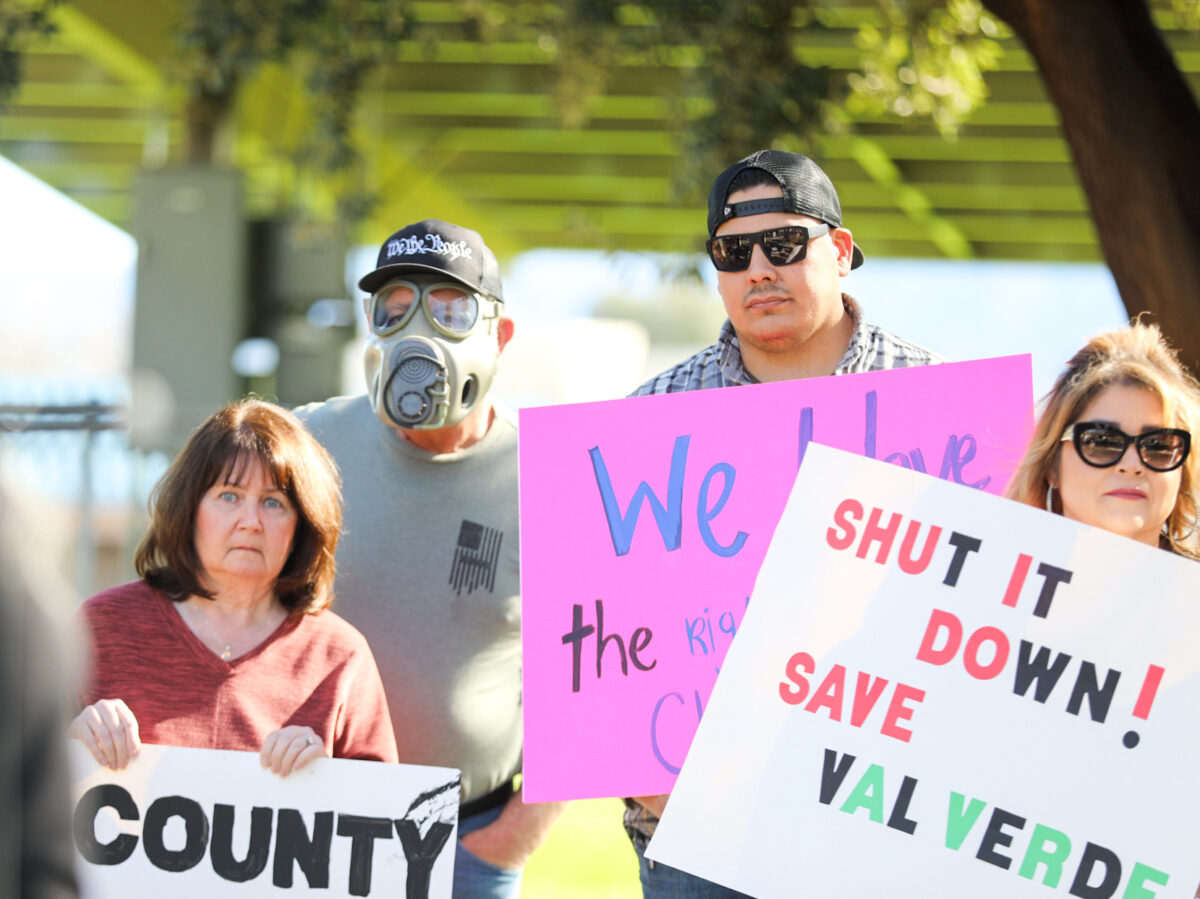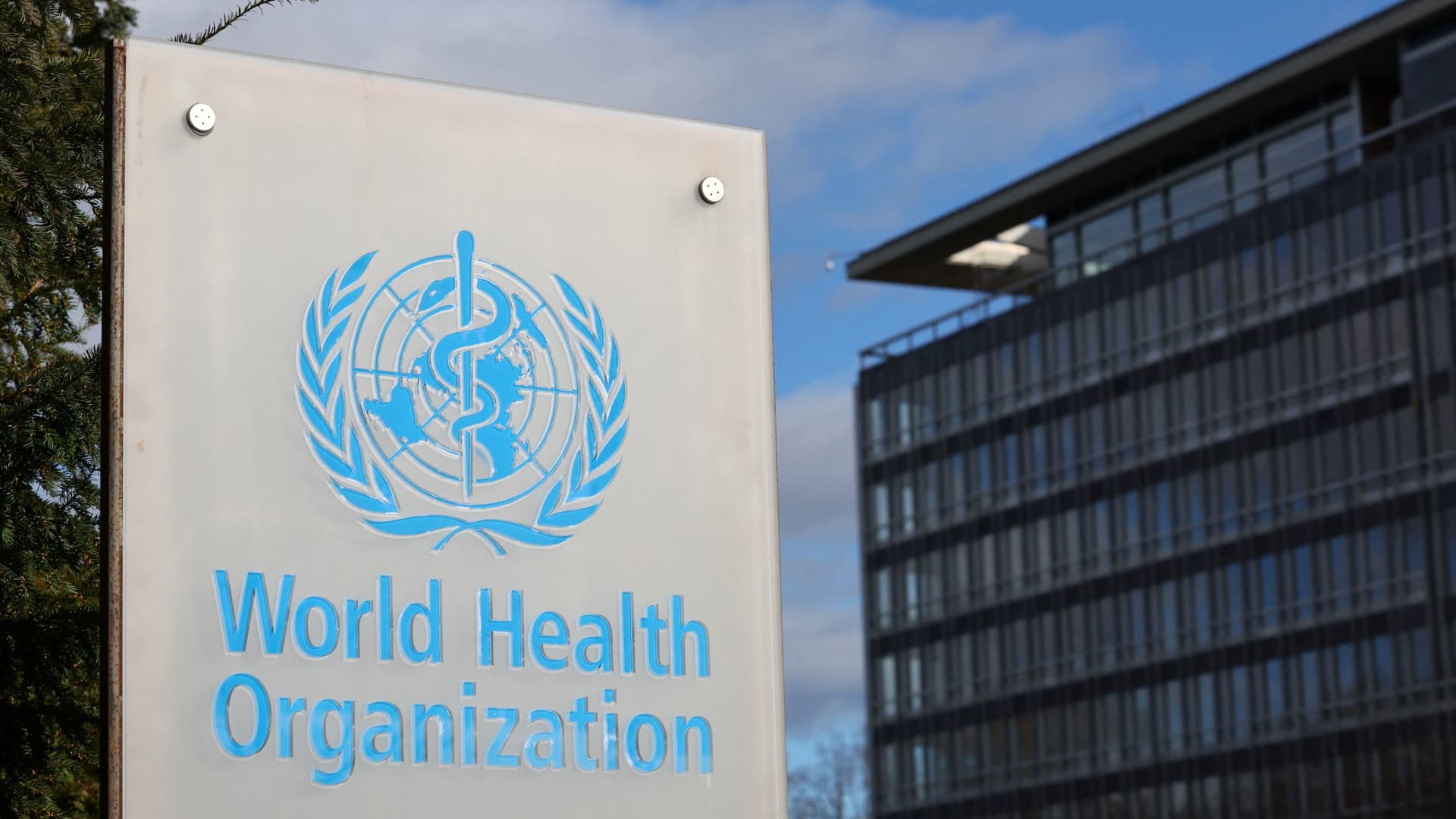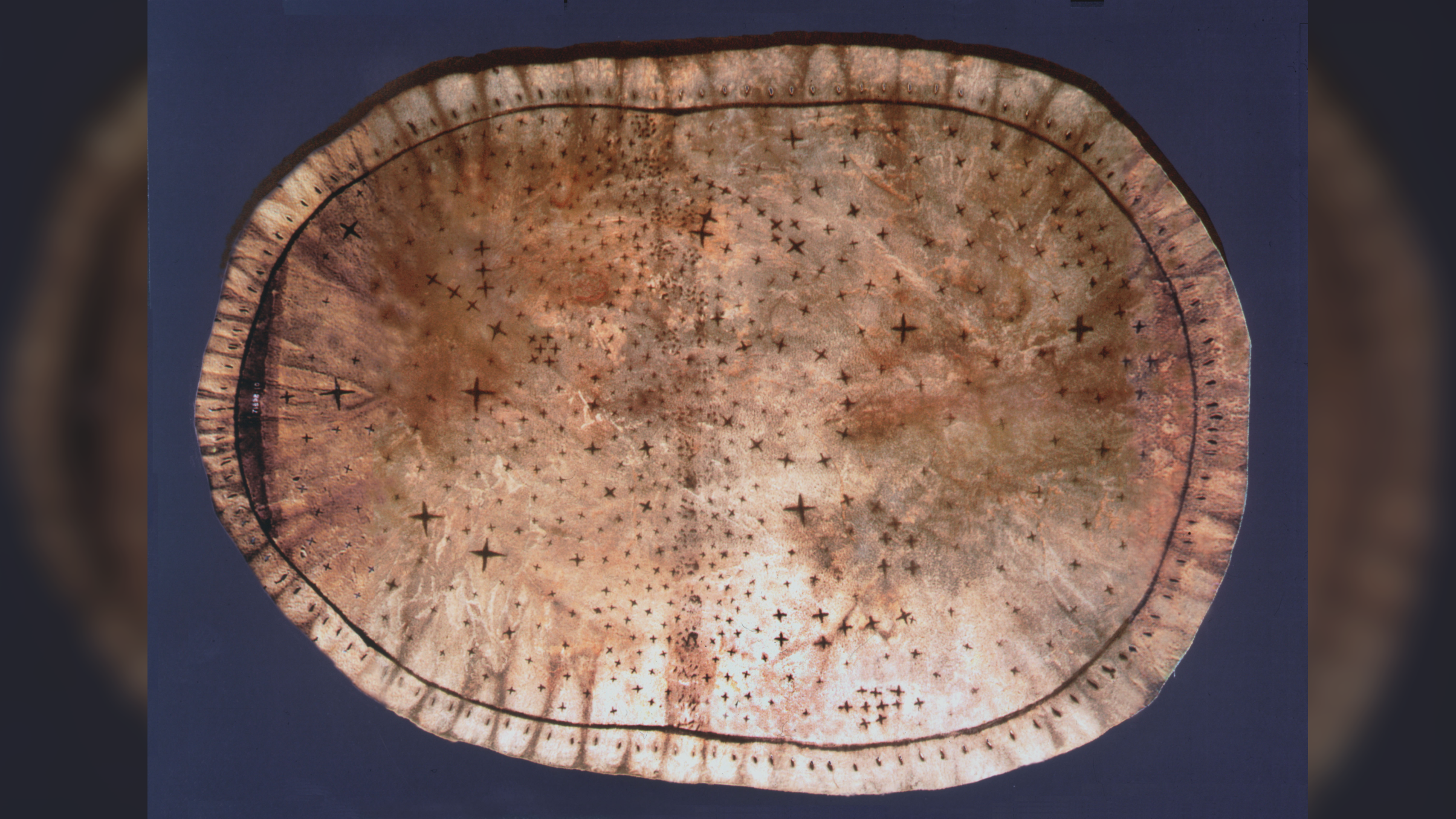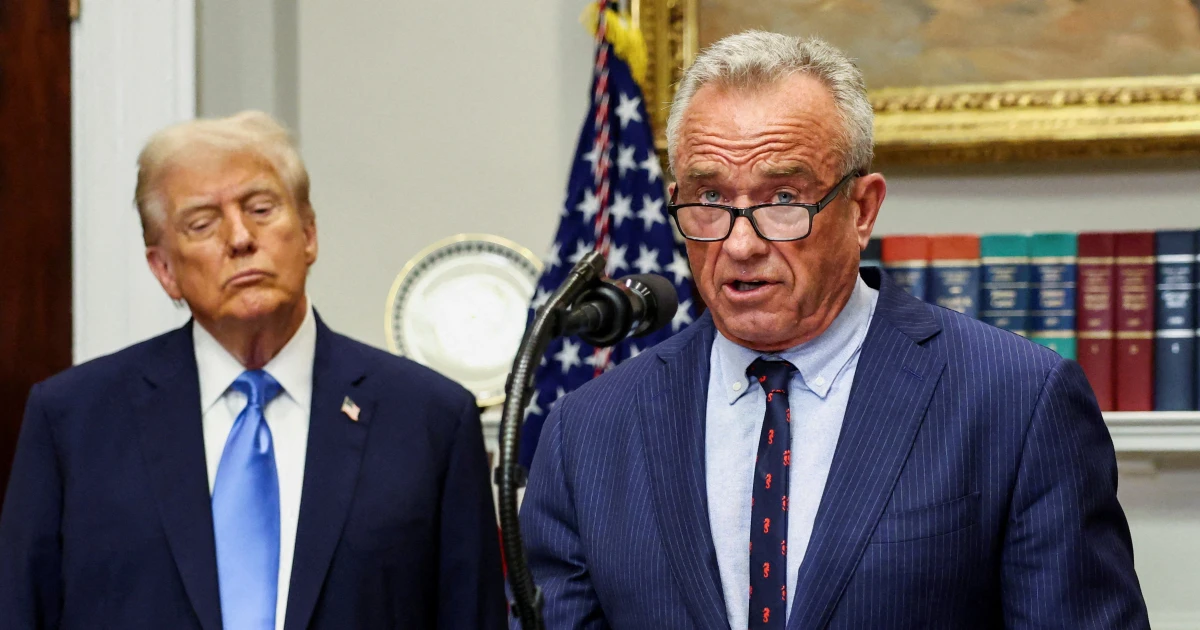
Castaic and Val Verde residents who’ve been plagued by landfill emissions for years will get a chance to sound off in November, virtually, in front of the state board considering new rules for methane emissions.
Methane is one of the landfill gases that have drawn tens of thousands of complaints over the last several years from west-side residents near Chiquita Canyon Landfill, just west of the city of Santa Clarita.
An as-yet unidentified problem is causing the landfill to create more gases than its capture system can handle, more leachate than it can process on site and a sinking problem, all related to an underground, 250-degree reaction, which produces multiple odors.
Now the California Air Resources Board is conducting a public hearing on why it should consider adopting new standards for monitoring and capturing methane emissions from solid waste landfills.
The CARB staff’s statement of reason for the proposal includes that landfills are responsible for one-fifth of the state’s methane emissions, and the state’s standards have not been evaluated since 2010. Landfills are the state’s second-largest human-caused producer of methane after livestock.
“The proposed amendments aim to leverage new technologies, the latest science and data, and lessons learned to drive further methane emissions reductions in support of the state’s ambitious methane emissions reduction goals,” according to the notice for the November meeting.
The notice from air regulators, who have fielded more than 30,000 complaints related to Chiquita Canyon Landfill’s smells, specifically mentions past community meetings held in the Santa Clarita Valley to address the trash burning underground at Chiquita Canyon Landfill.
“Such severe and prolonged subsurface elevated temperature (SET) events are rare,” the notice states, referring to Chiquita, “but can have serious impacts to air and water quality, incur significant management costs, and — most relevantly to the (regulatory limits) — impede the ability of the gas collection and control system to effectively capture emissions.”
The results of the new regulations might not directly impact residents affected by Chiquita Canyon, as the proposed amendments “do not change the current regulation’s applicability or exemption thresholds,” and therefore wouldn’t impact Chiquita Canyon, which closed permanently on Jan. 1.
Both Sen. Suzette Martinez Valladares, R-Acton, and Assemblywoman Pilar Schiavo, D-Chatsworth, issued statements in response to the meeting notice.
“For too long, families in our community have shouldered the health and economic impacts of the Chiquita Canyon Landfill disaster. Through my team’s work on the ground, we became aware early of CARB’s plans to strengthen methane monitoring and reporting, and I look forward to reviewing these proposed standards. While more work remains to address local ongoing impacts, I am hopeful that this will be a positive step to protect our neighborhoods and prevent future crises,” Martinez Valladares wrote in an email Tuesday from Ashley Giovannettone, director of communications for Martinez Valladares.
Schiavo also mentioned putting pressure on CARB in an email from Furkan Yalcin, her director of communications.
“Throughout the CARB rulemaking process, I’ve pushed alongside our community for stronger oversight of methane regulations on landfills. I’m glad to see CARB taking steps to strengthen these rules to better protect communities like ours, who deserve real protections and relief, and to make sure we can better prevent a public health crisis like Chiquita Canyon from ever happening again.”
The rules “are intended to strengthen controls, monitoring, recordkeeping and reporting for landfills already subject to the current regulation,” so they could impact neighboring Sunshine Canyon just south of the Newhall Pass.
CARB officials estimate the impact to a private landfill would be about $127,000 per year and the passed-on cost would be about 31 cents per person each year.



